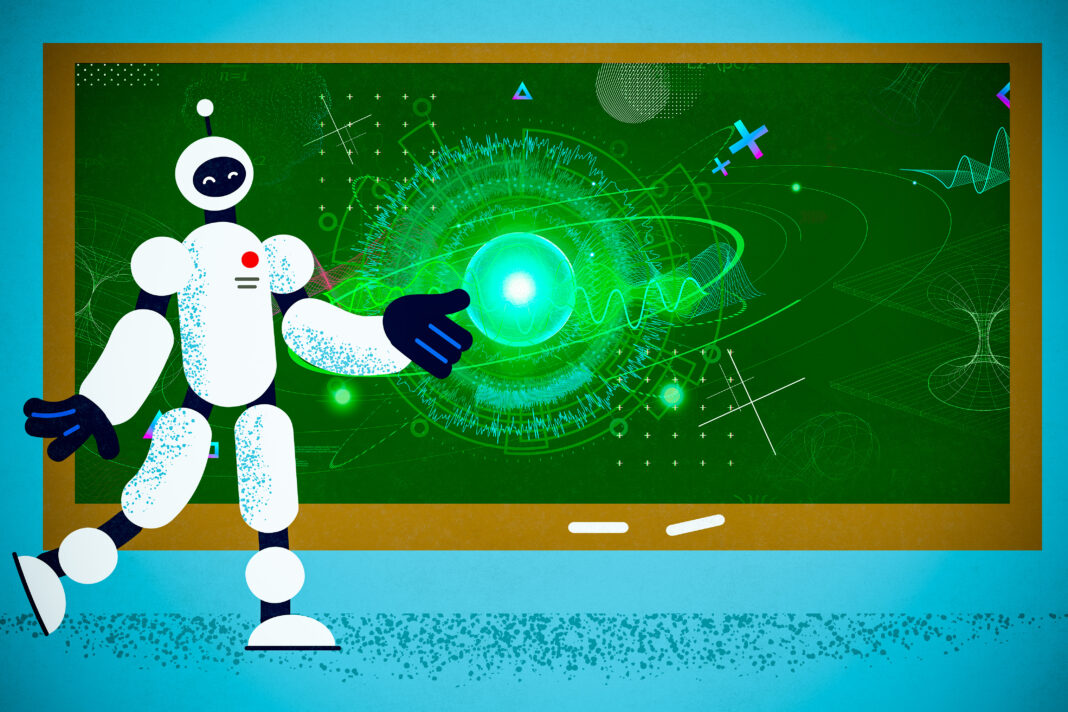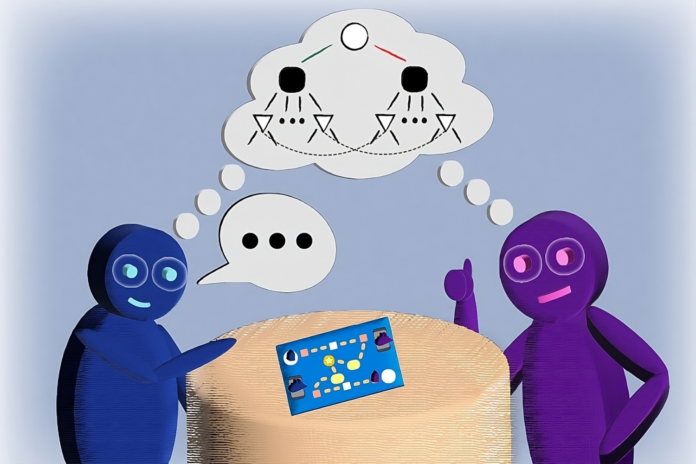In Short:
Scientists from MIT and the University of Basel in Switzerland have developed a machine-learning framework that can automatically map out phase diagrams for novel physical systems, making it easier to detect phase transitions. This new physics-informed machine-learning approach is more efficient than manual techniques, and could help researchers investigate the thermodynamic properties of materials or detect entanglement in quantum systems. The research was published in Physical Review Letters.
When water freezes, it transitions from a liquid phase to a solid phase, resulting in a drastic change in properties like density and volume. Phase transitions in water are so common most of us probably don’t even think about them, but phase transitions in novel materials or complex physical systems are an important area of study.
Machine Learning Framework for Detecting Phase Transitions
To fully understand these systems, scientists must be able to recognize phases and detect the transitions between. But how to quantify phase changes in an unknown system is often unclear, especially when data are scarce.
Researchers from MIT and the University of Basel in Switzerland applied generative artificial intelligence models to this problem, developing a new machine-learning framework that can automatically map out phase diagrams for novel physical systems.
Efficient Approach for Physical Systems
Their physics-informed machine-learning approach is more efficient than laborious, manual techniques which rely on theoretical expertise. Importantly, because their approach leverages generative models, it does not require huge, labeled training datasets used in other machine-learning techniques.
Such a framework could help scientists investigate the thermodynamic properties of novel materials or detect entanglement in quantum systems. Ultimately, this technique could make it possible for scientists to discover unknown phases of matter autonomously.
Research Authors and Publication
Joining Frank Schäfer (postdoc in the Julia Lab in CSAIL) on the paper are first author Julian Arnold, Alan Edelman (applied mathematics professor at MIT), and senior author Christoph Bruder (professor at the University of Basel). The research is published today in Physical Review Letters.
Detecting Phase Transitions using AI
While water transitioning to ice might be among the most obvious examples of a phase change, more exotic phase changes, like when a material transitions from being a normal conductor to a superconductor, are of keen interest to scientists.
The MIT researchers demonstrated how generative models can be used to solve this classification task much more efficiently, and in a physics-informed manner.
A More Knowledgeable Model
The MIT team’s insight is that this probability distribution also defines a generative model upon which a classifier can be constructed. They plug the generative model into standard statistical formulas to directly construct a classifier instead of learning it from samples, as was done with discriminative approaches.
This generative classifier can determine what phase the system is in given some parameter, like temperature or pressure. And because the researchers directly approximate the probability distributions underlying measurements from the physical system, the classifier has system knowledge.
At the end of the day, similar to how one might ask ChatGPT to solve a math problem, the researchers can ask the generative classifier questions. Scientists could also use this approach to solve different binary classification tasks in physical systems.
In the future, the researchers also want to study theoretical guarantees regarding how many measurements they would need to effectively detect phase transitions and estimate the amount of computation that would require. This work was funded, in part, by the Swiss National Science Foundation, the MIT-Switzerland Lockheed Martin Seed Fund, and MIT International Science and Technology Initiatives.





